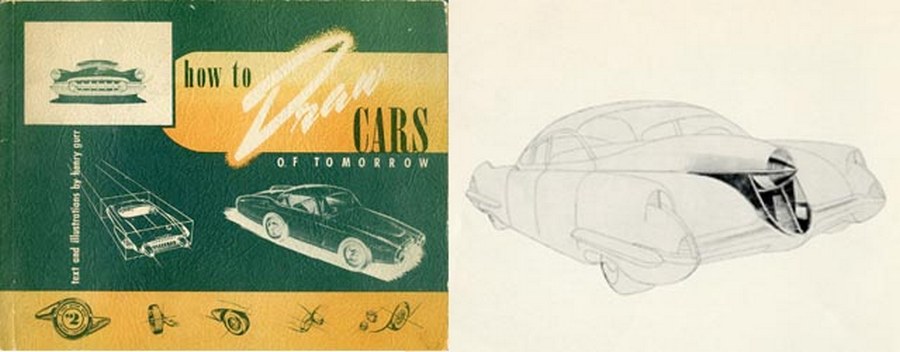
——————–
“Some of the facts revealed here may shock the reader….” How To Draw Cars of Tomorrow (1952)
That’s what’s written on the back cover of Bob Gurr’s 1952 book on car design, and it gives the book a sense of mystery and intrigue designed to captivate the potential reader – and as one of the first books on car design available to a hungry young American public in the early ’50s – that was an easy task to do.
This is the third and final in a series of articles focusing on Bob Gurr’s 1952 book, “How To Draw Cars of Tomorrow.” Click here to review all articles in this series.
——————
Hi Gang…
In Part 1 of the story, we reviewed what Gurr had to say about “design” in the “Foreword” of his ’52 book, as well as the following sections:
- Materials
- Getting Started
- Character In Existing Cars
- Perspective
- Ellipses
In Part 2 of this story, we presented pages from the following sections:
- Professional Character in Drawing
- Lighting
- Reflections
- Chrome
- Distortion
- Critical Dimensions
- What You Can Do As a Designer
- The Trend of Today
- Manufacturer’s Point of View
In this third and final article in a series on Bob Gurr’s book “How to Draw Cars of Tomorrow” (1952), we’ll review the most exciting section of the book from my perspective – the Salon of drawings and illustrations showing what Gurr and other young and talented designers and stylists from ’52 thought the “Car of Tomorrow” would look like.
Here’s how Gurr introduced the Salon to enthusiastic readers and interested designers:
Salon: Pages 39-62 (Back Cover)
How To Draw Cars of Tomorrow (1952)
Original “rocket ship” renderings in this salon section have been done by professional automobile designers to display various techniques common among the thousands of preliminary design sketches that contribute toward a new production styling.
Some are sketch-type color renderings which show a relatively speedy technique. After the imagination has been allowed to drift this drawing is used to capture swiftly the fleeting inspiration of an adventuring mind.
Viewed and criticized by others, the better points are then redeveloped in a succession of other sketches – often made by vellum overlays – until a pleasing, workable design is reached. The final drawing, examples of which also are given, is painstakingly-developed color rendering.
This may go into a clay model where surface development is refined – the first step toward consideration that might ultimately mark a design for the production line.
What you see here has been done. What the styling studios want you to do is to go on from here.
Let’s take a look at those drawings and illustrations. By the way, my favorite is the “Terra Cobra” on page 50, below. And, as with any image here at Forgotten Fiberglass, use your mouse and click on any image below to make it larger.
Off we go!
Summary:
Thanks again to Bob Gurr for the time and energy he spent sharing with us his memories of his Art Center days and the lead up to the publication of his 1952 book “How To Draw Cars of Tomorrow.”
And be sure to check out Bob Gurr’s forthcoming book, “Bob Gurr, Design: Just For Fun.” Click here to review the contents and consider purchase. I already reserved my copy 
And…for those of you interested in learning more about Bob Gurr, check out an excellent interview done by Collectible Automobile Magazine in October, 1998. It’s worth the read. Also, click here to review a recent post at the website “Imagineering Disney” to learn more about Bob Gurr and his work at Disney.
Hope you enjoyed the story, and until next time…
Glass on gang…
——————————————————————-
Click on the Images Below to View Larger Pictures
——————————————————————-
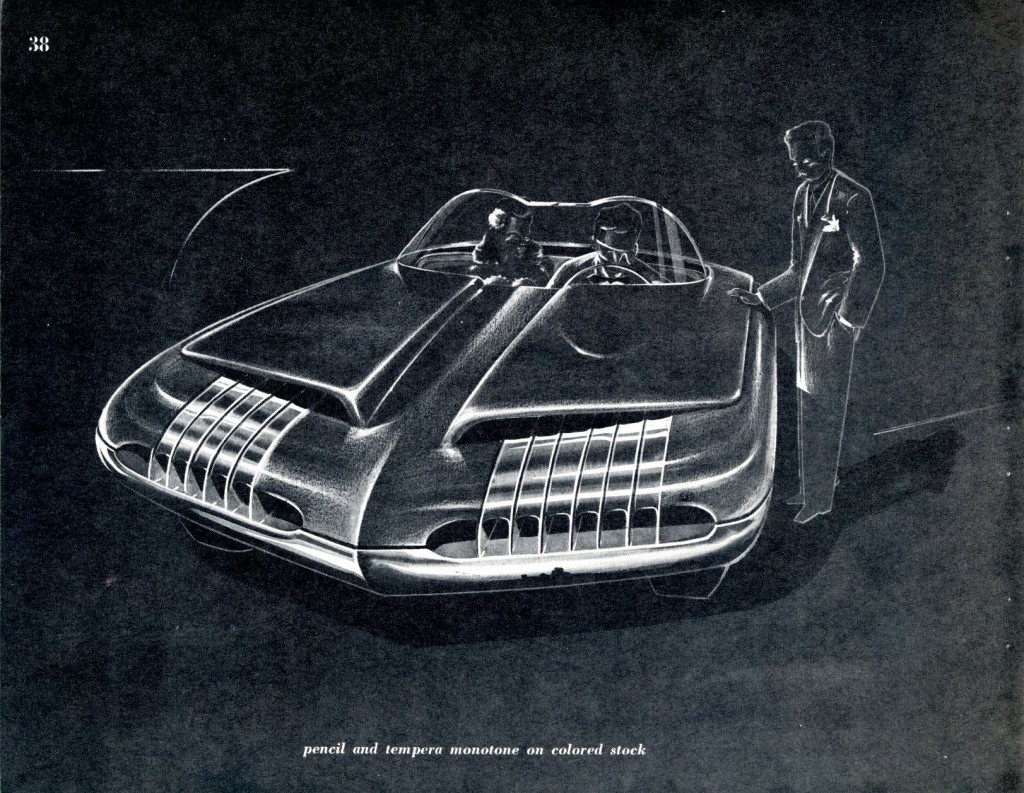
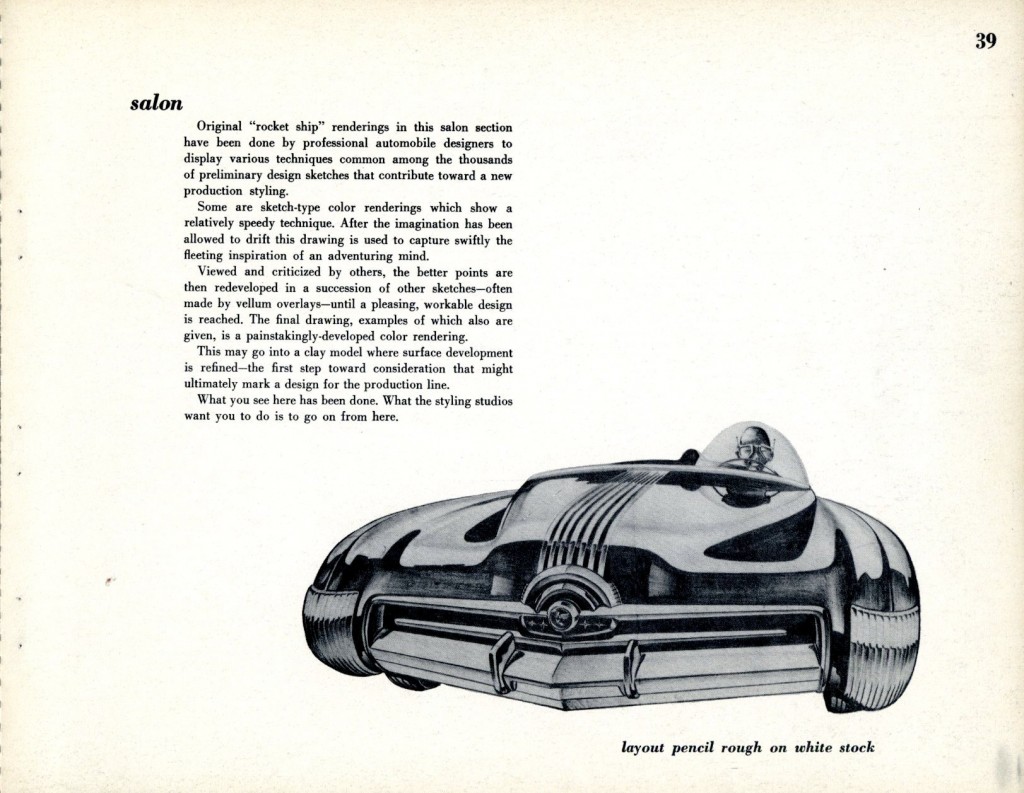

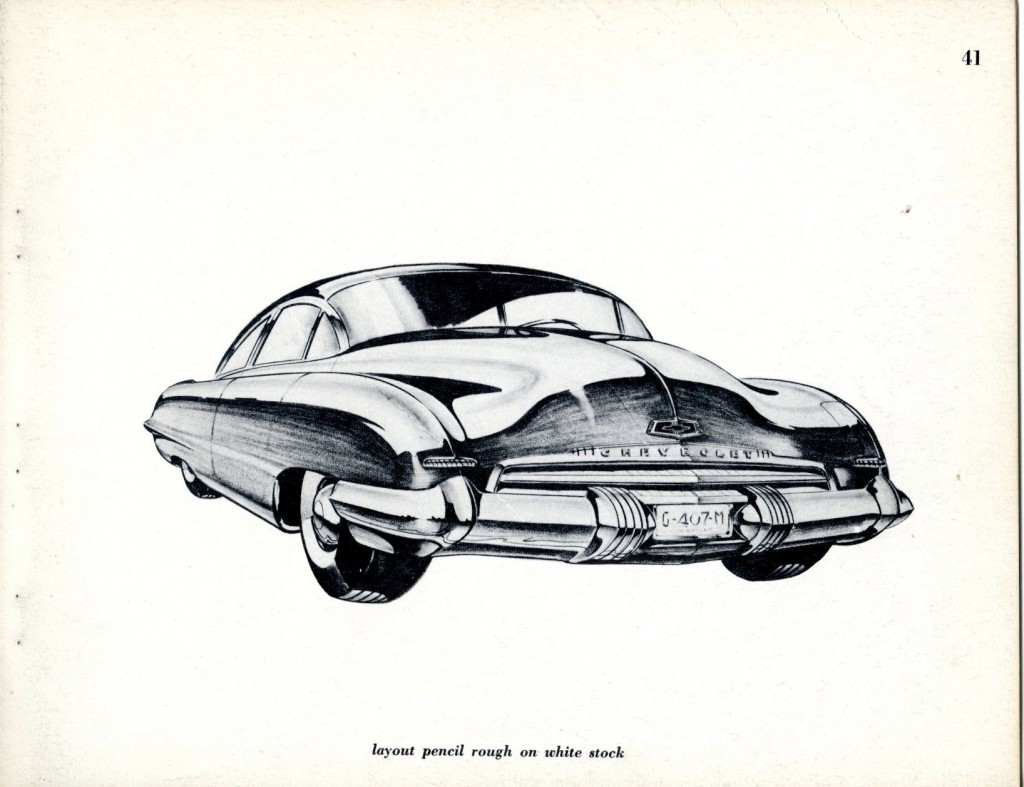
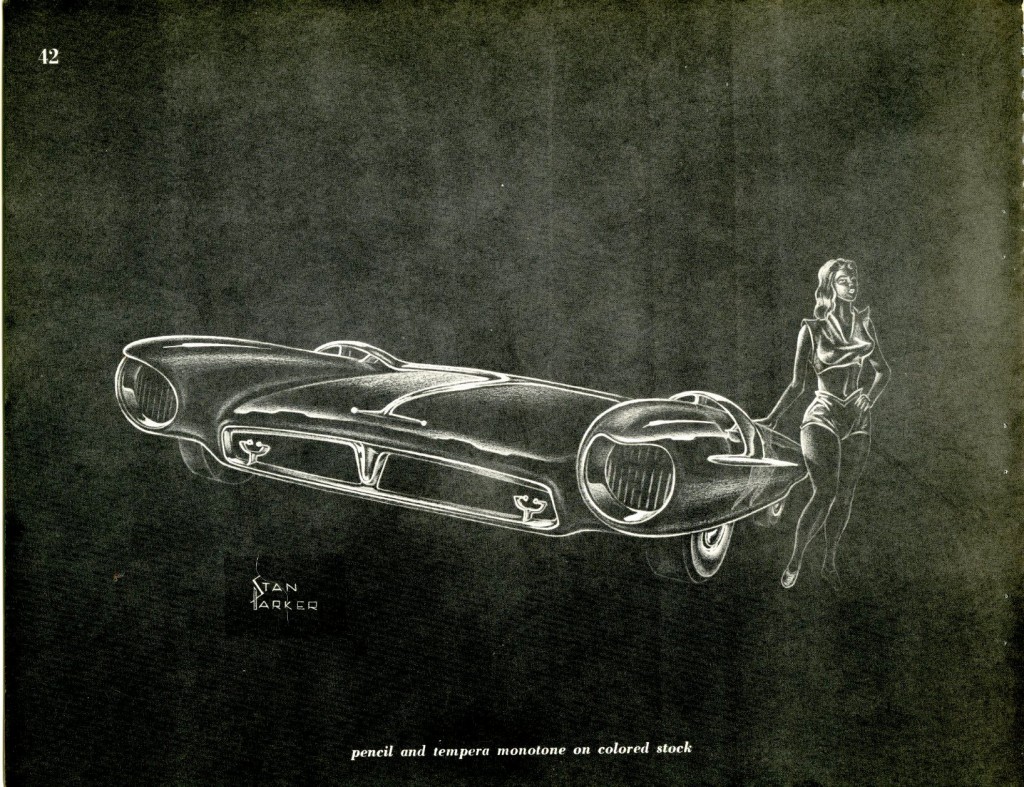
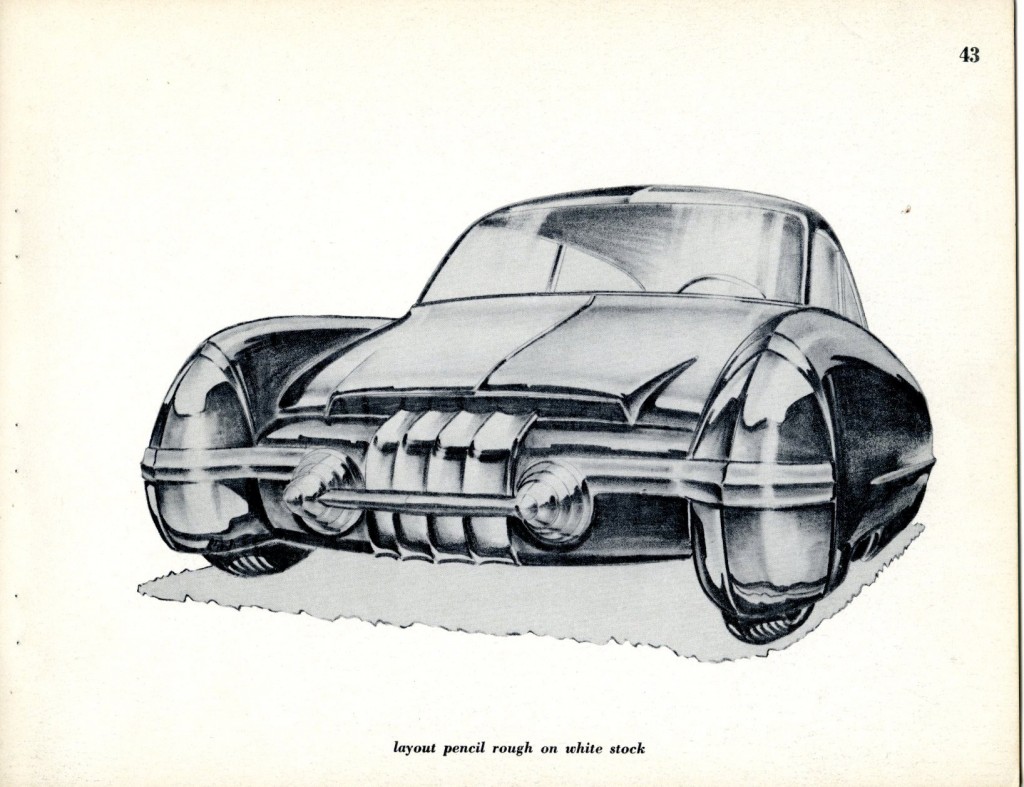
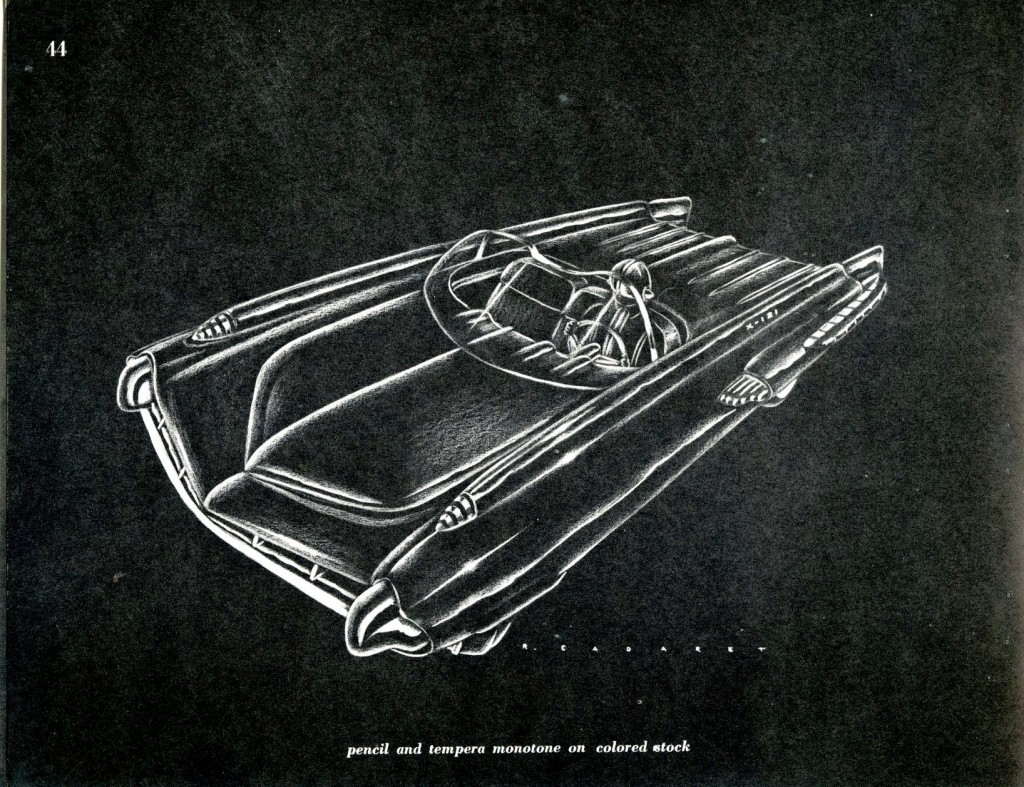
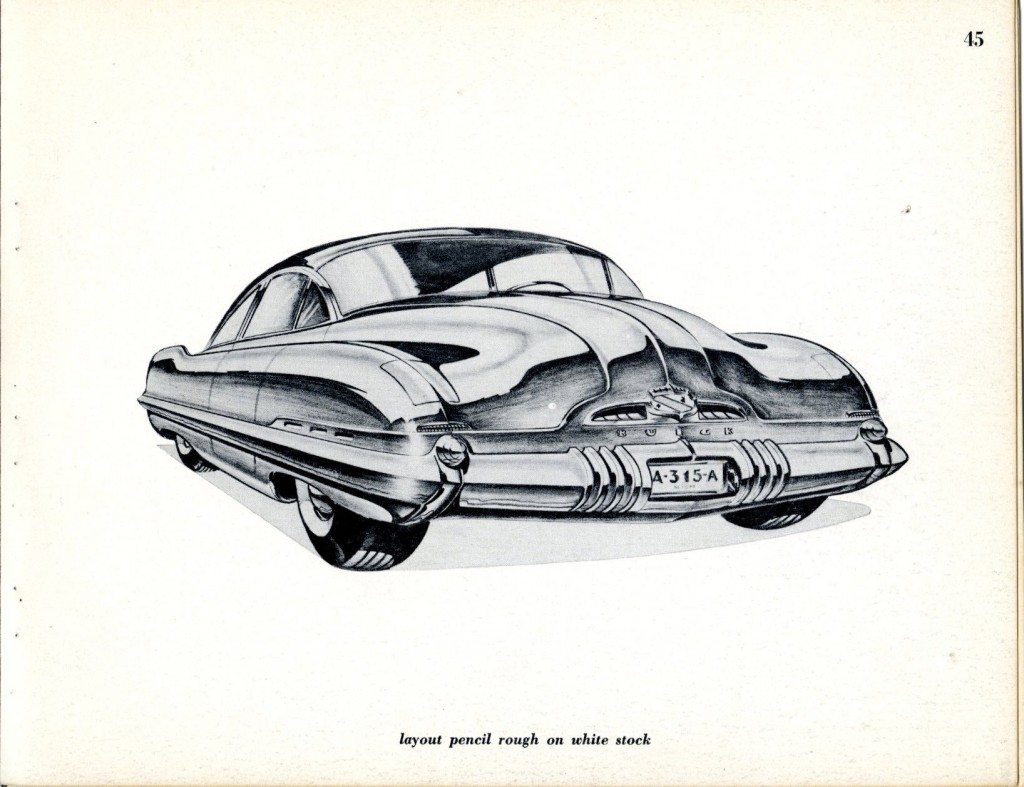
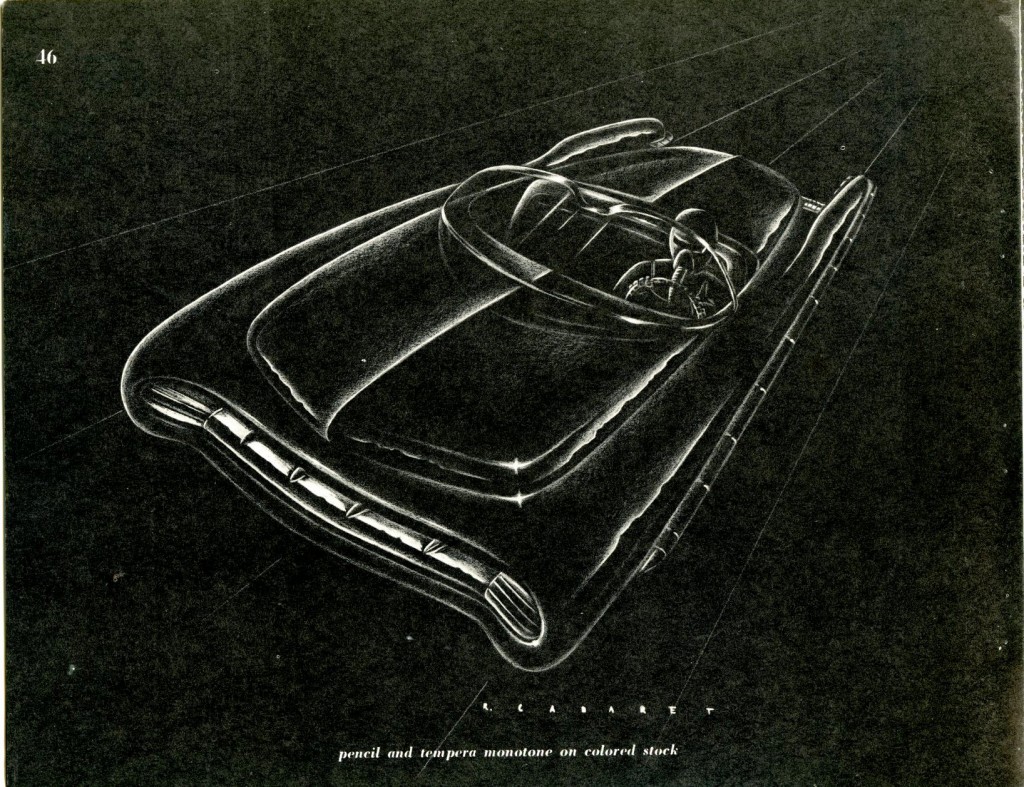
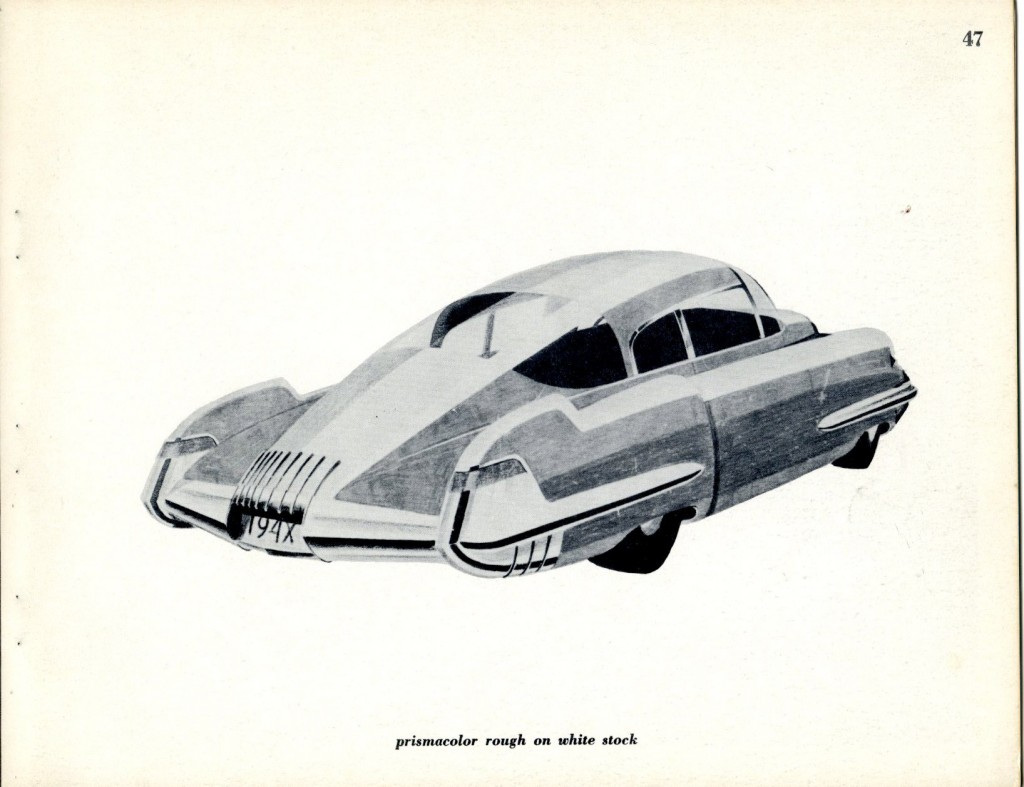
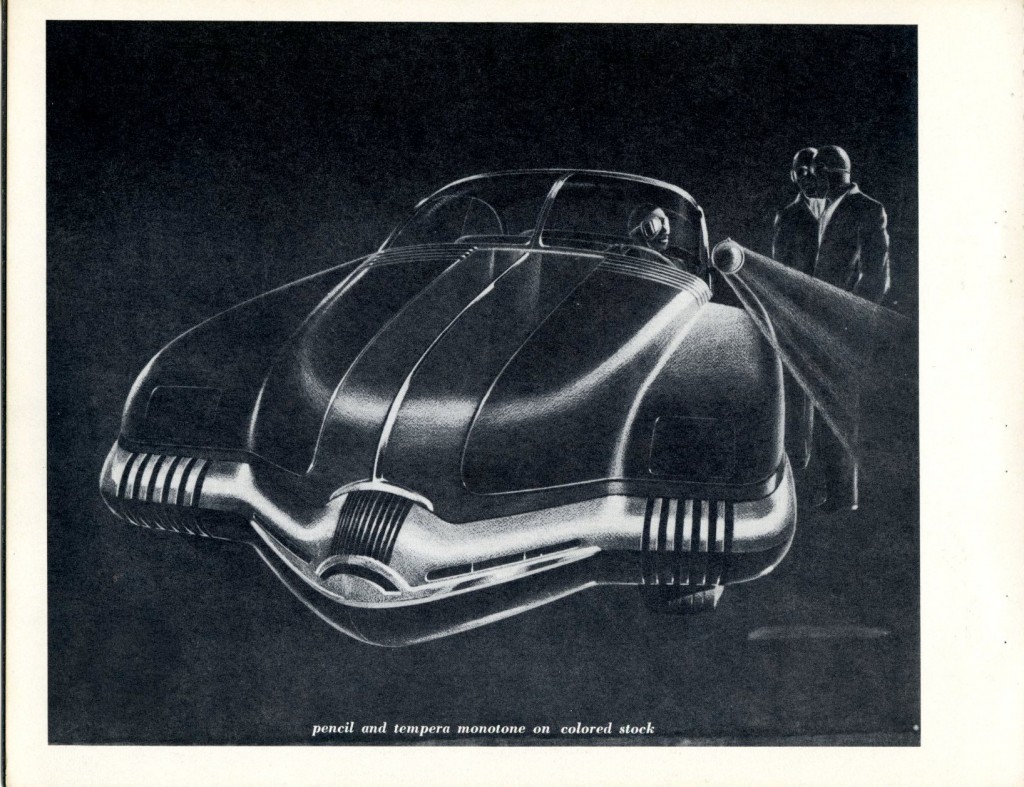
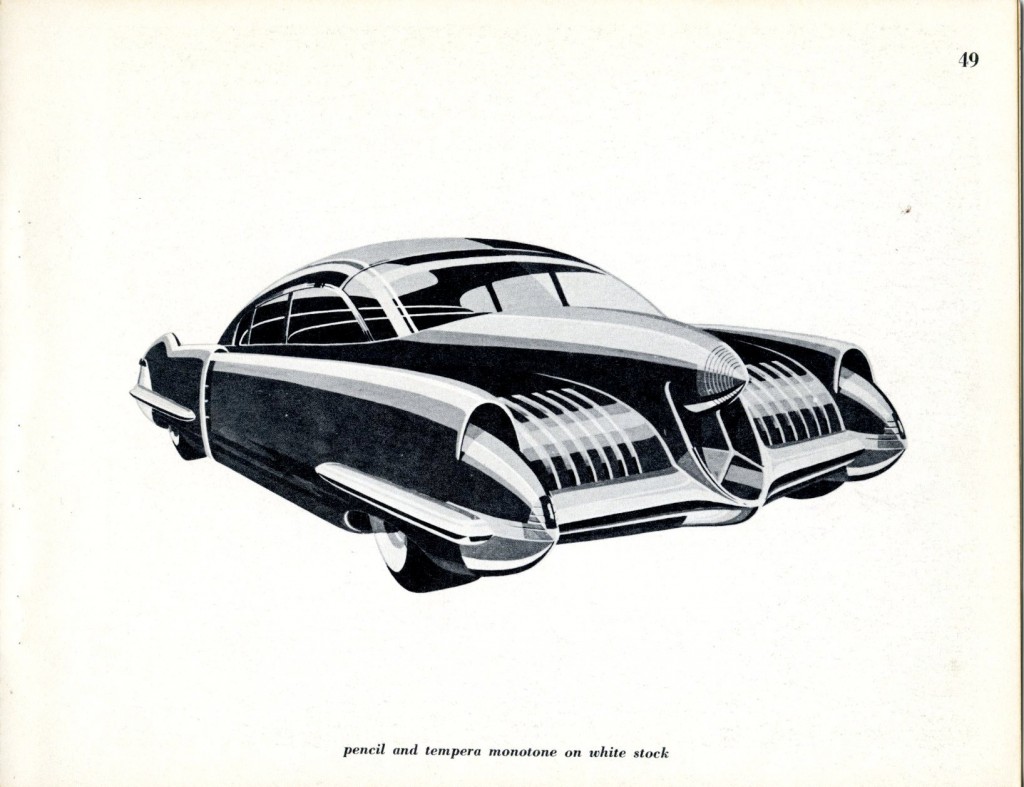

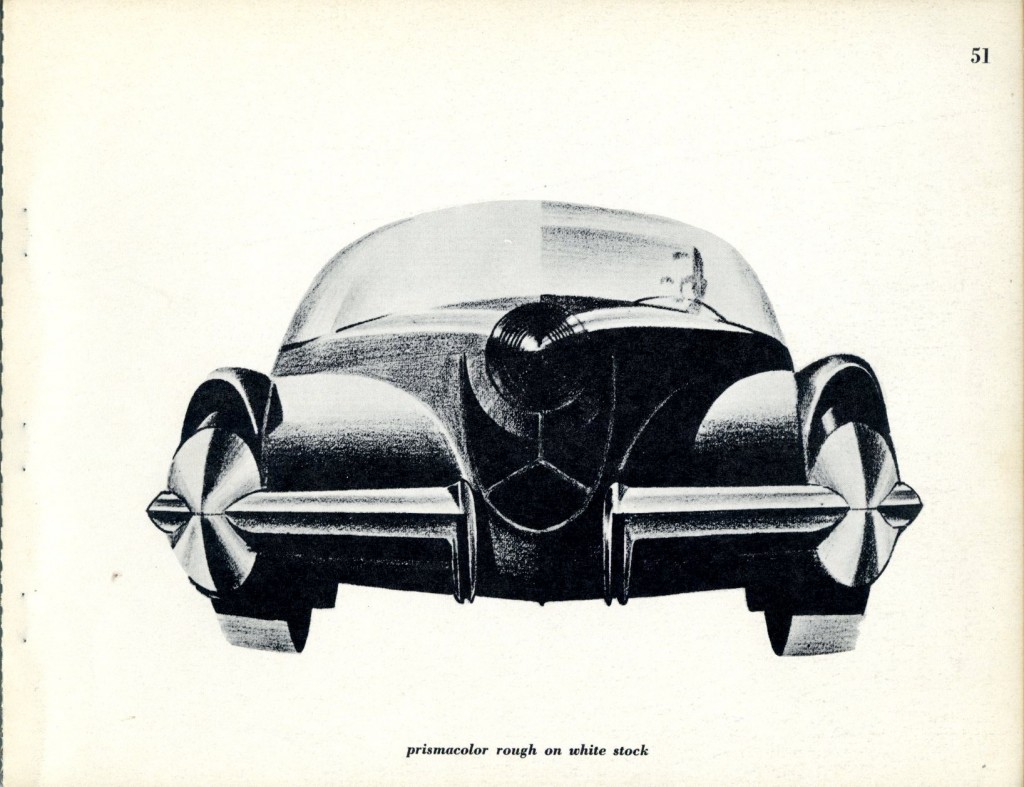
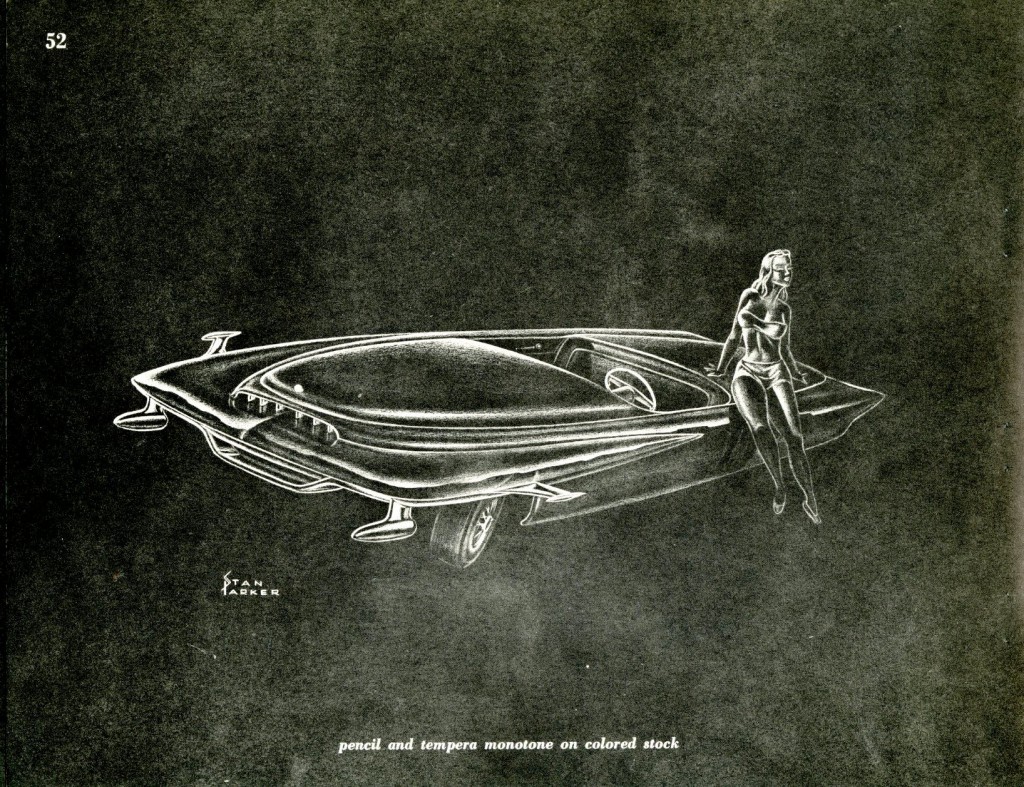
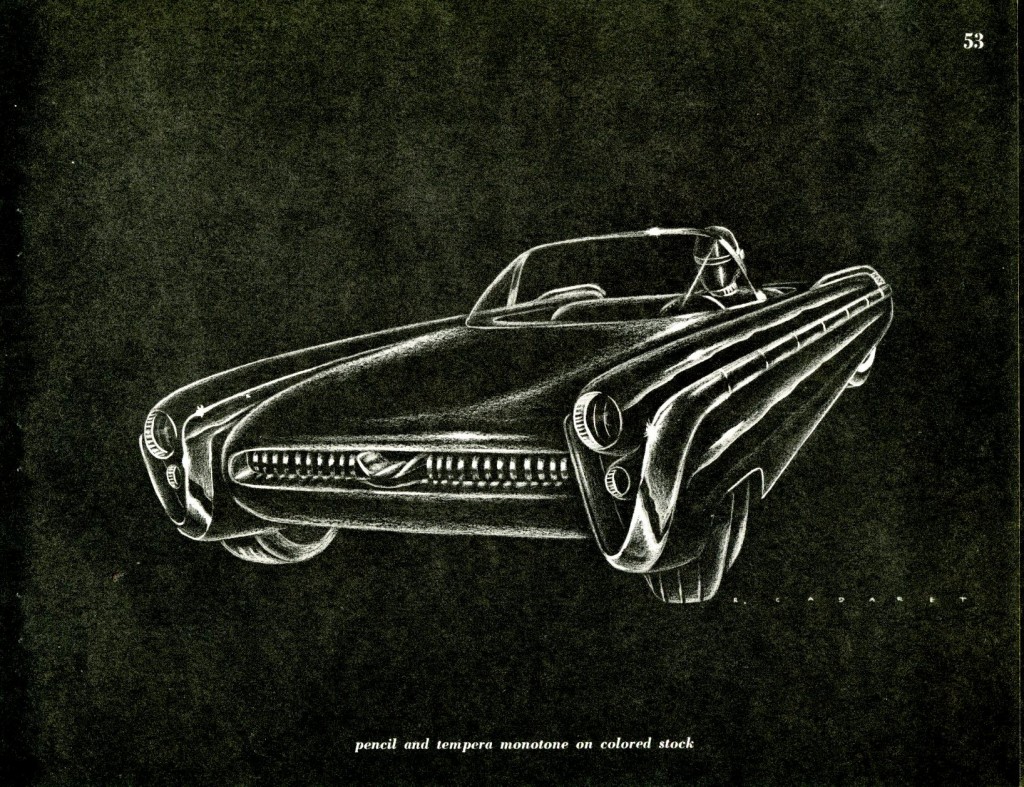
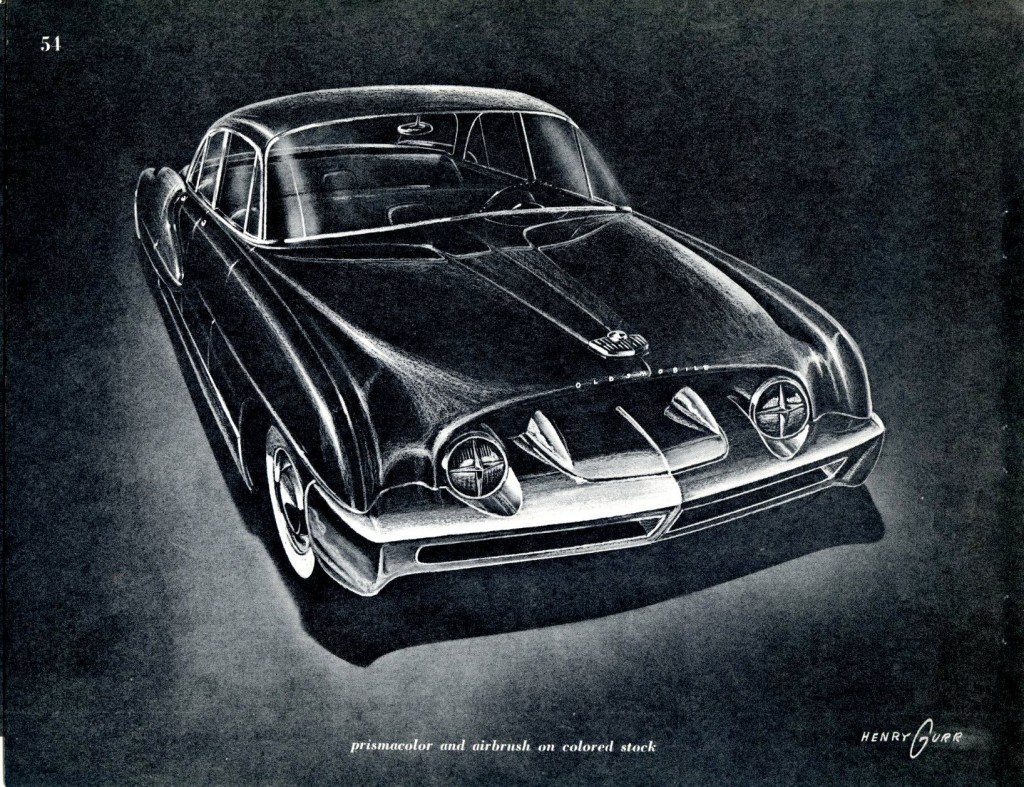
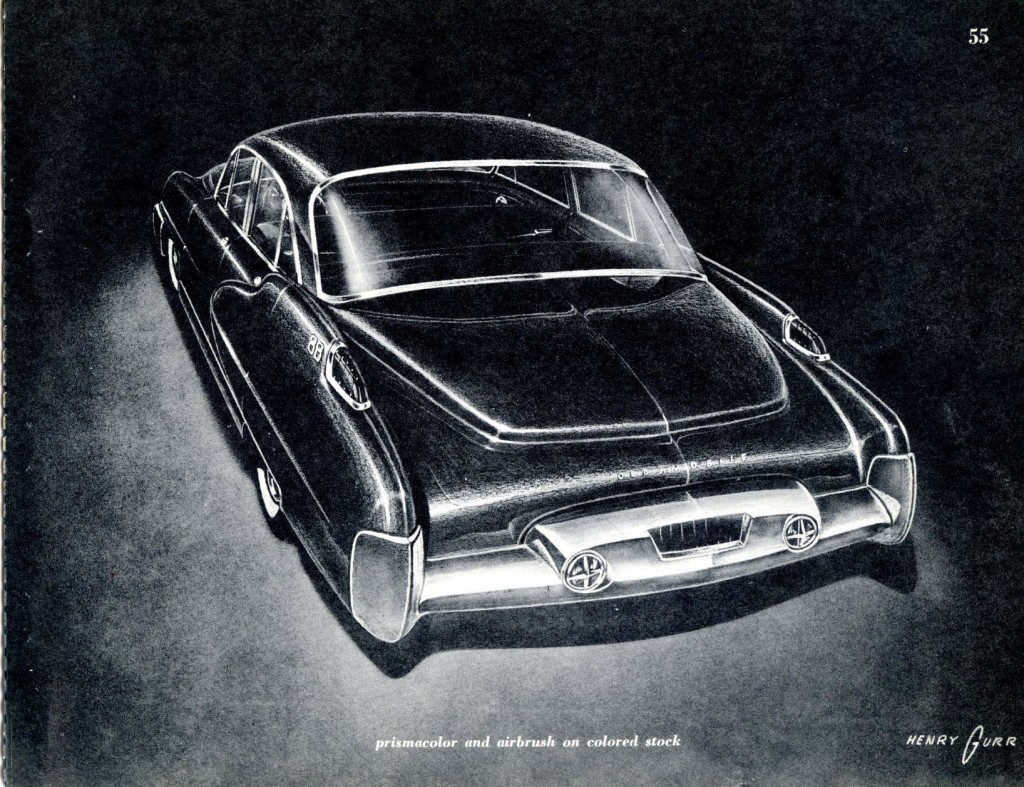
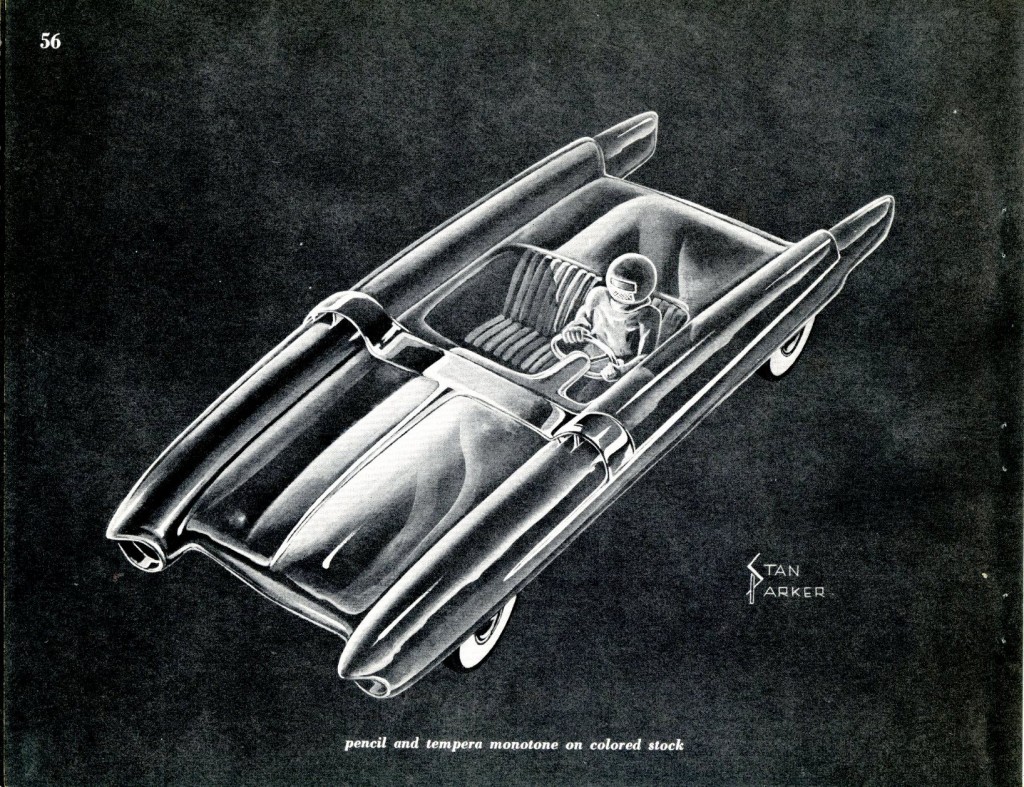
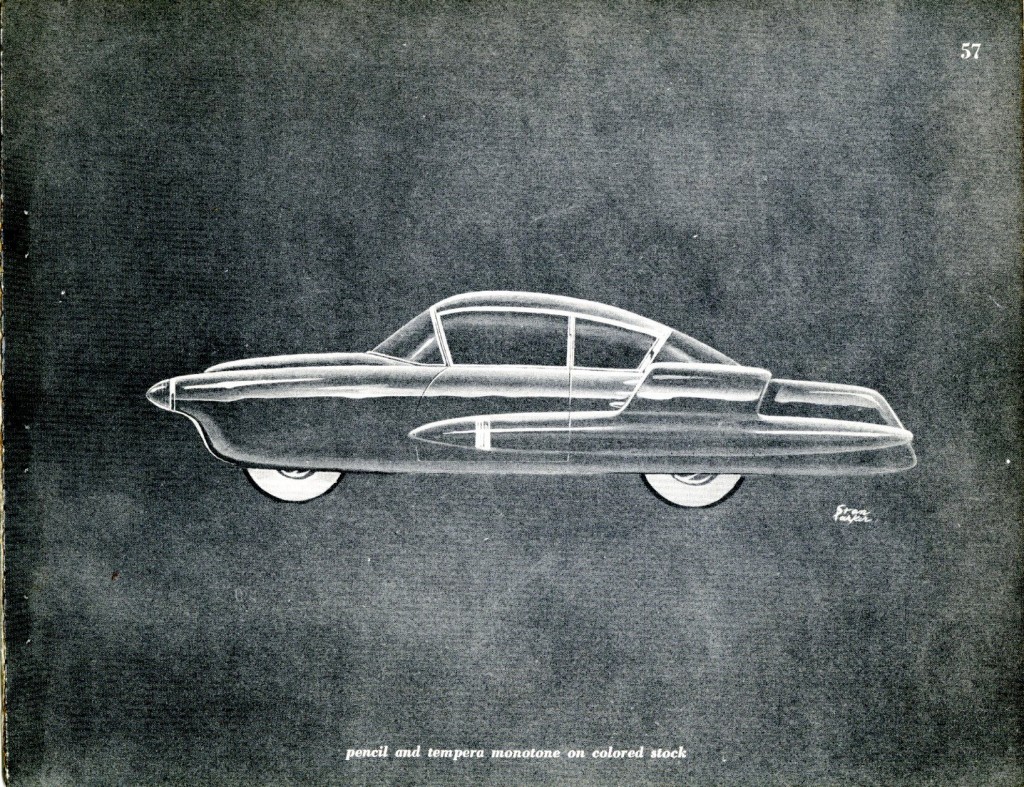
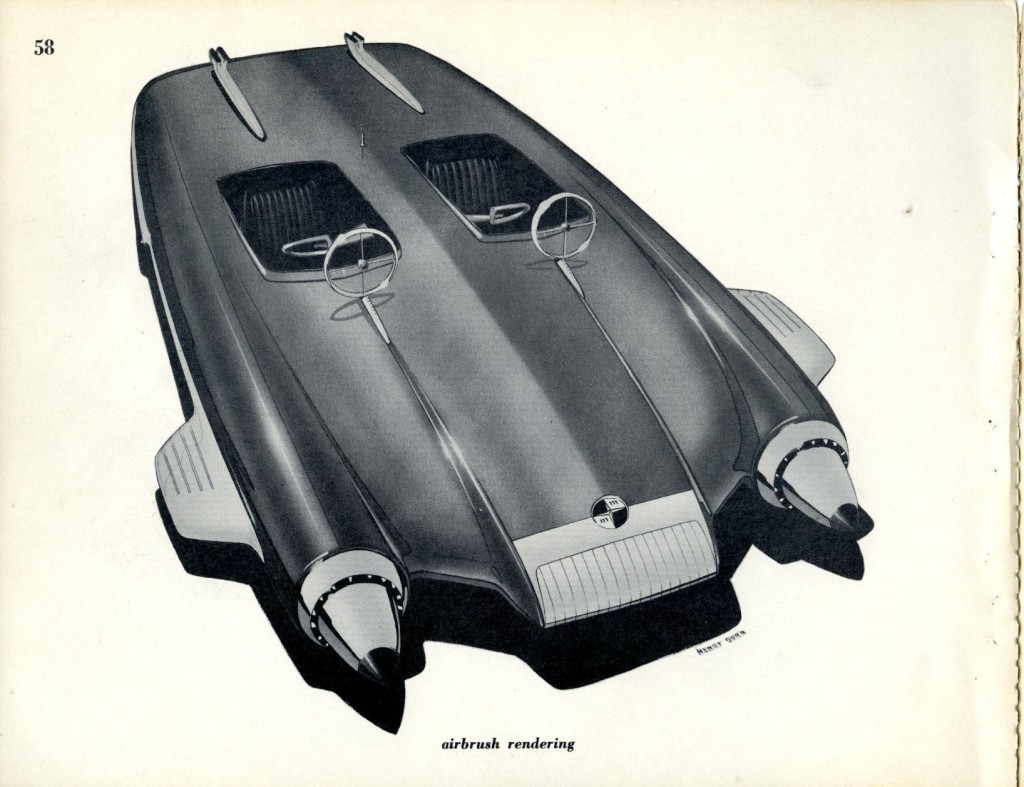
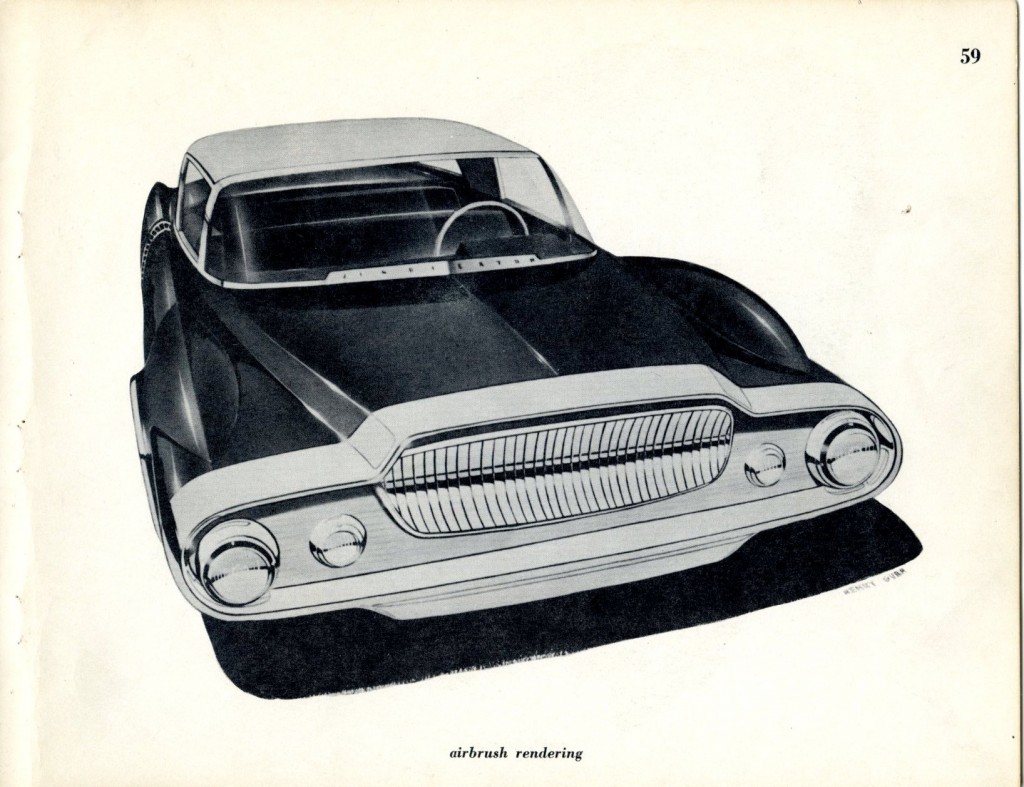
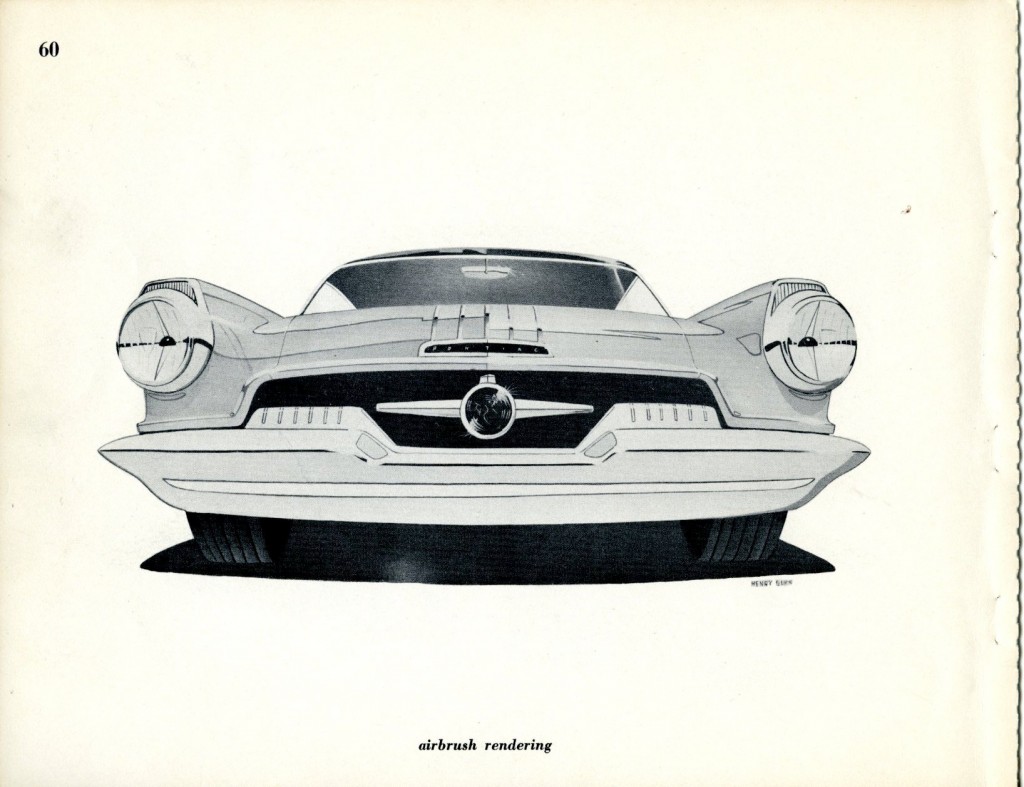
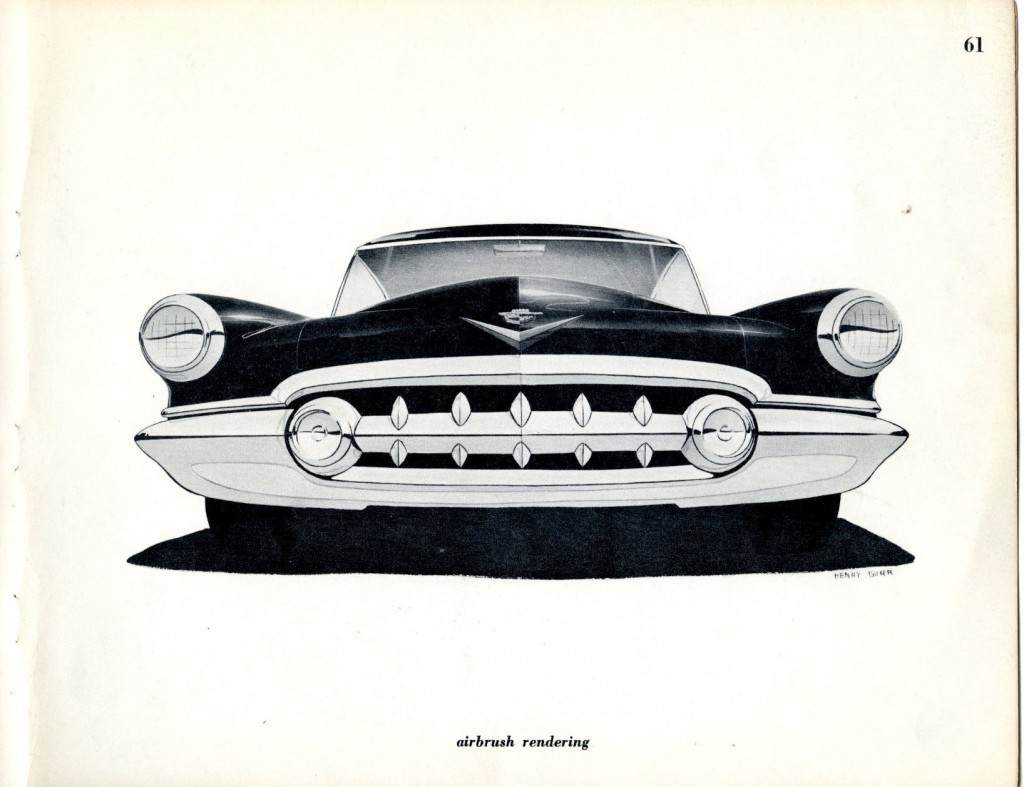

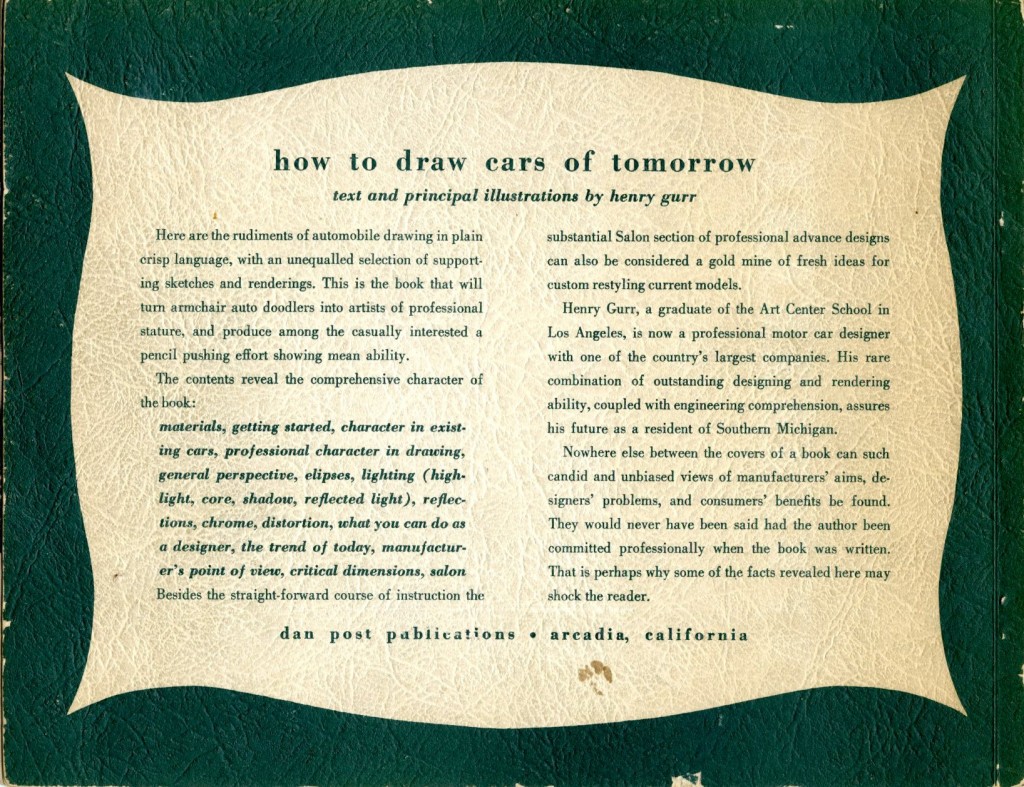

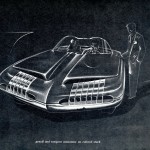
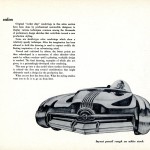
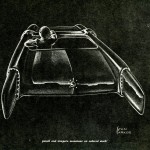
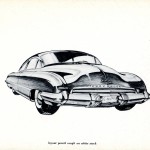
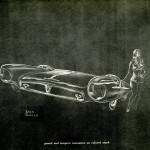
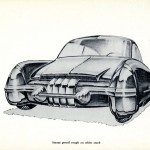
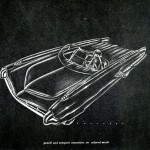
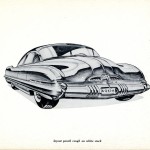
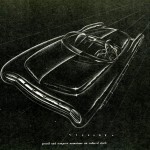
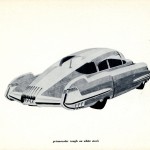
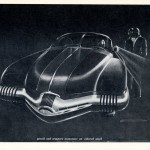
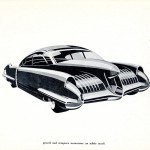
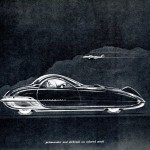
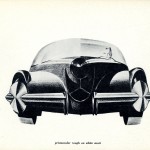
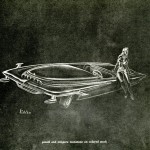

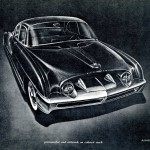
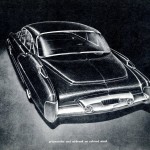
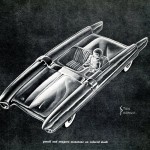
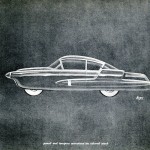
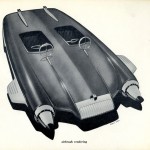
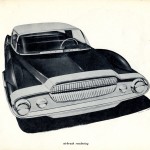
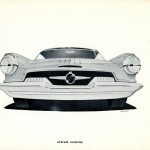
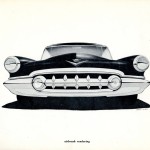
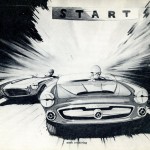
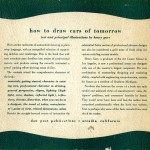
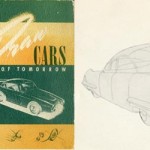
This site is protected by reCAPTCHA and the Google Privacy Policy and Terms of Service apply.